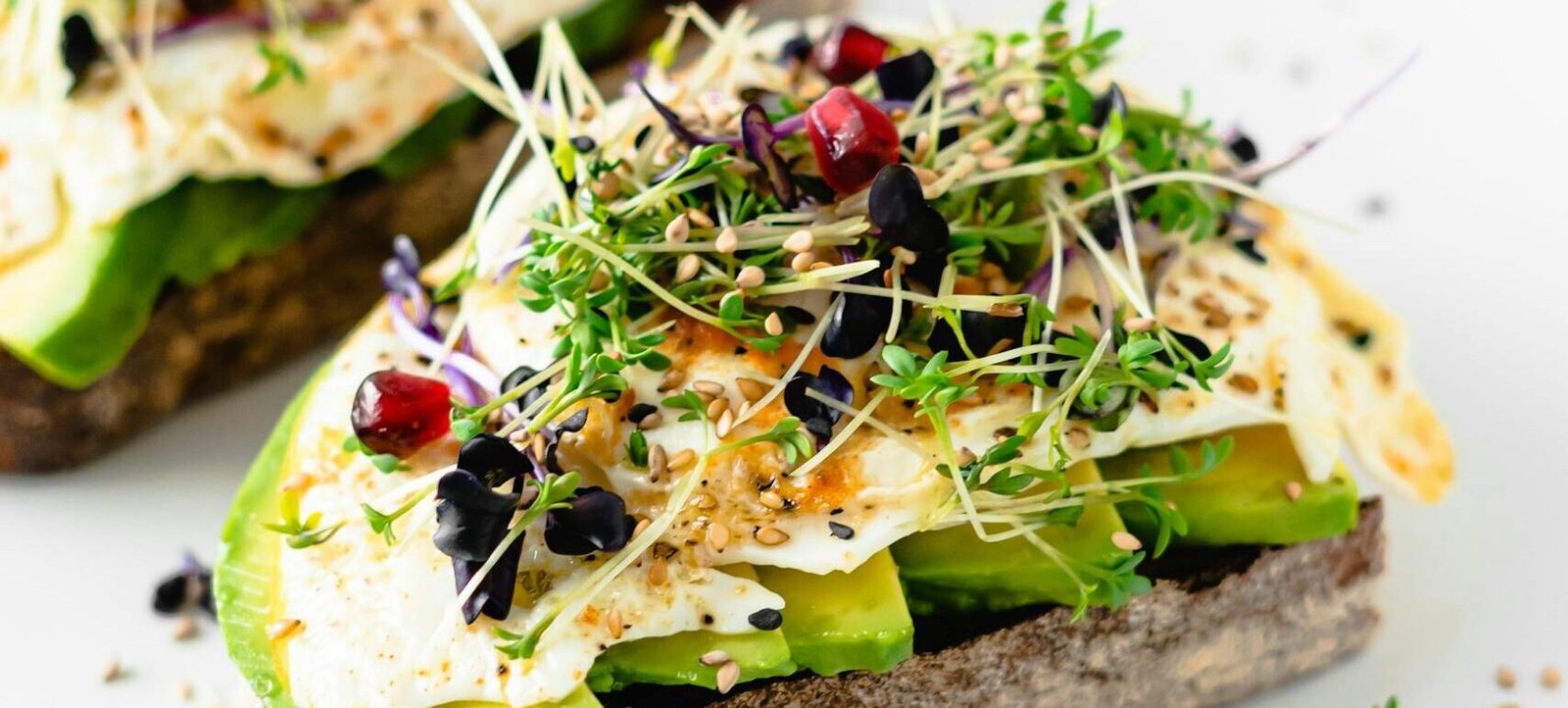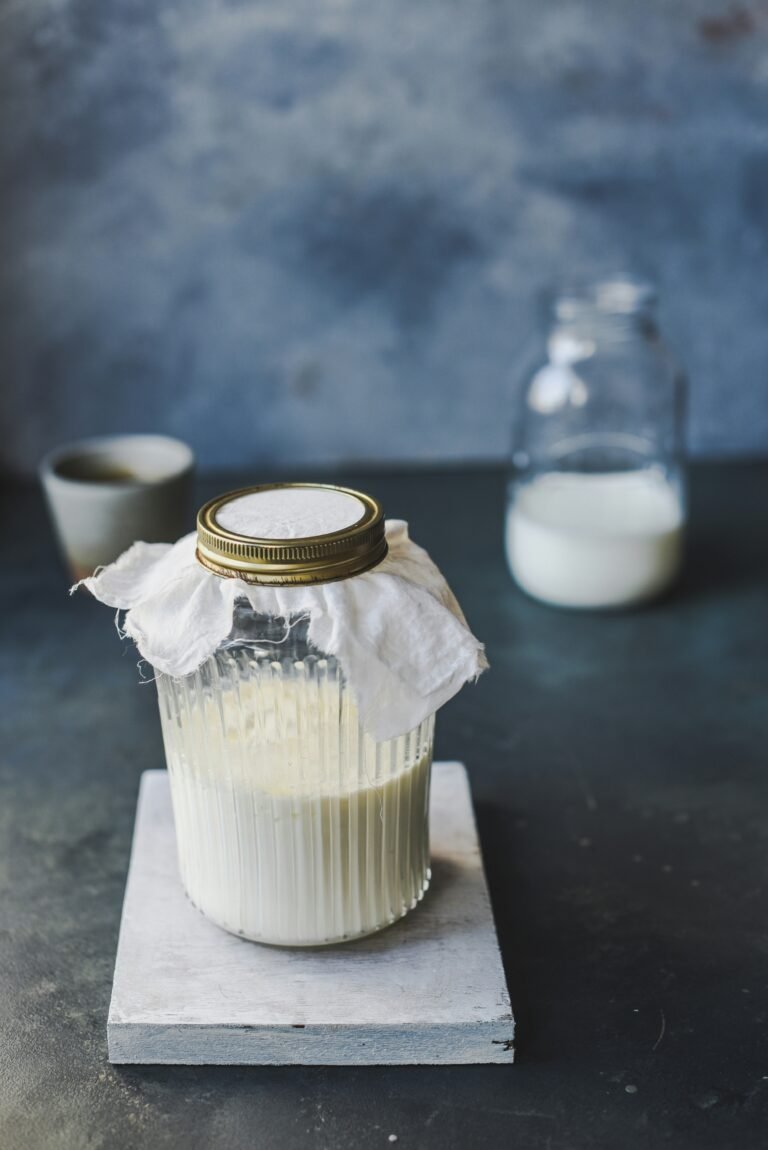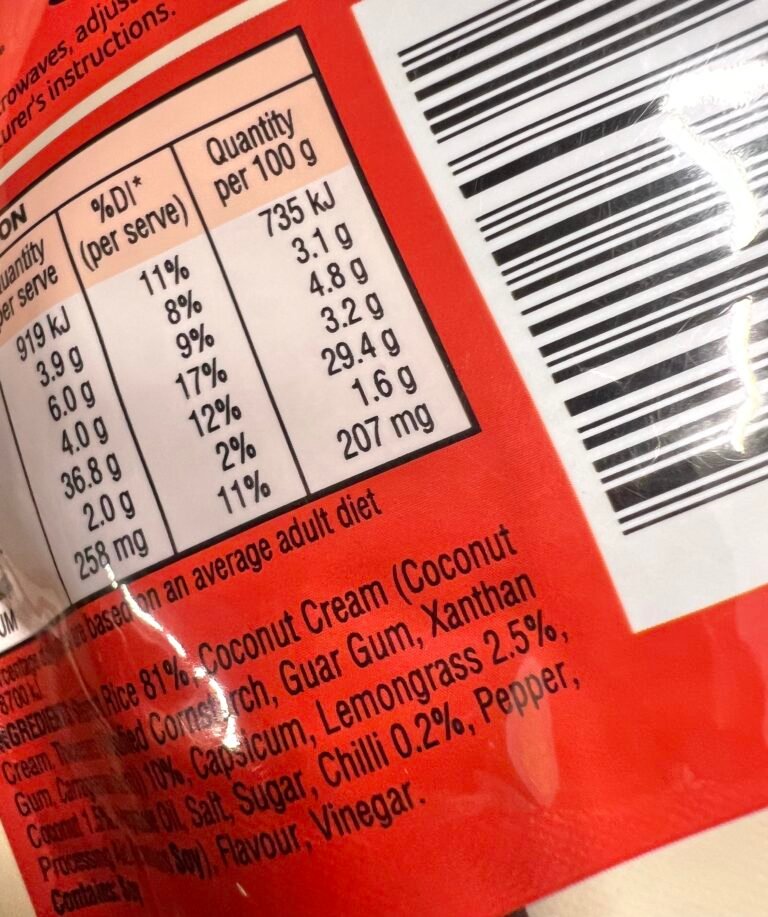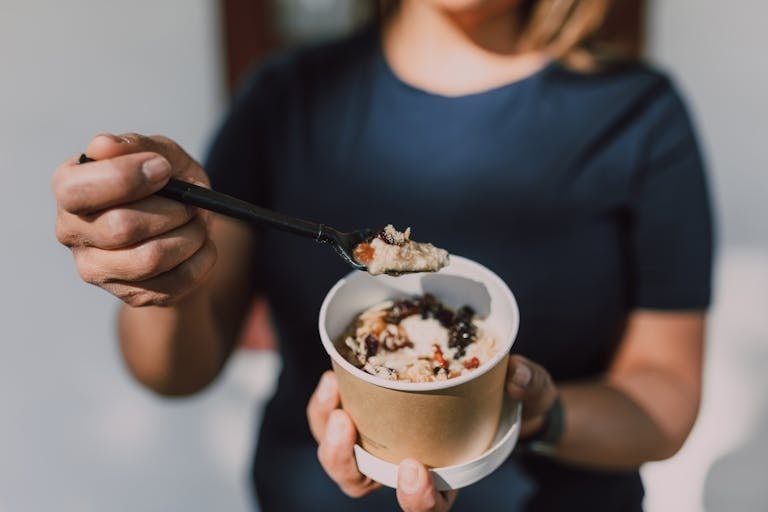Butyrate: The Unsung Hero of Gut Health
When we talk about nutrients, butyrate rarely makes the dinner party list. It doesn’t sparkle like vitamin C or strut like protein. Yet, this humble short-chain fatty acid (SCFA) quietly keeps your gut—and by extension, your whole body—in balance. Let’s give it the spotlight it deserves.

What Exactly Is Butyrate?
Butyrate is a short-chain fatty acid (SCFA) produced when gut microbes ferment dietary fibers (the stuff we don’t digest ourselves). Think of it as the currency microbes pay us back for feeding them: we give them fiber, they give us butyrate—a sweet trade-off that benefits both sides.
Why Butyrate is a Gut Superpower
- Fuel for Your Colon Cells
Colonocytes (cells lining your colon) run almost exclusively on butyrate. Without it, they starve, and your gut barrier weakens. - Anti-Inflammatory Shield
Butyrate switches on genes that dampen inflammation, making it a natural “fire extinguisher” against chronic gut irritation. - Guardian of the Gut Barrier
It strengthens tight junctions between intestinal cells, keeping toxins and pathogens from leaking into the bloodstream (a.k.a. leaky gut). - Brain-Body Connection
Butyrate influences the gut-brain axis—affecting mood, cognition, and even stress resilience. Some studies suggest it supports neuroprotection. - Metabolic Ally
It helps regulate blood sugar, improves insulin sensitivity, and may even play a role in healthy weight management.
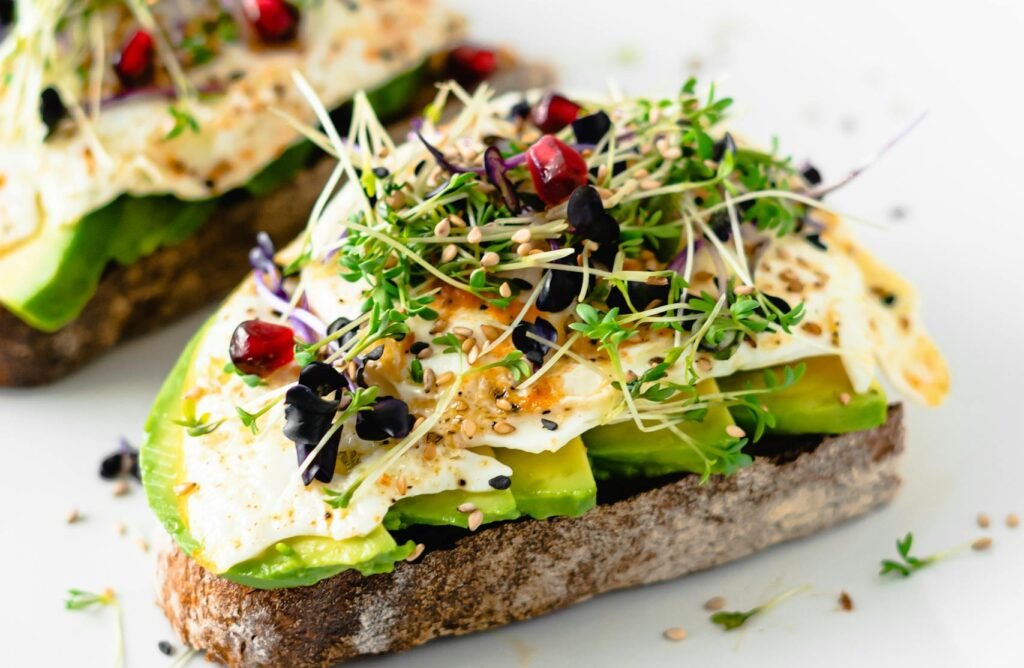
Where Is Butyrate Found?
Here’s the trick: you can’t just pick up a jar of butyrate at the supermarket.
It’s mostly made inside you by gut microbes, especially from the Firmicutes family (like Faecalibacterium prausnitziiand Roseburia).
That said, a few direct dietary sources exist:
- Butter & Ghee (butyrate gets its name from “butyrum,” Latin for butter)
- Parmesan & Other Aged Cheeses (contain small amounts)
But the richest source isn’t food—it’s your gut bacteria fermenting fibers.
How Butyrate is Absorbed
Once produced in the colon, butyrate:
- Gets absorbed by colonocytes for energy.
- Excess amounts enter the bloodstream, traveling to the liver and beyond.
- Systemic effects include anti-inflammatory signaling and metabolic regulation.
In short: most of the magic happens locally in the colon, but a ripple effect touches the entire body.

How to Boost Butyrate Naturally
Since direct butyrate intake is limited, the real strategy is feeding the microbes that make it. Here’s how:
1. Fiber Variety is Key
Aim for diverse plant fibers:
- Resistant starch (cooked & cooled potatoes, green bananas, oats, legumes)
- Inulin-rich foods (onions, garlic, leeks, chicory root)
- Whole grains (rye, barley, brown rice)
2. Polyphenol Partners
Foods like berries, cocoa, and green tea can enhance butyrate-producing bacteria.
3. Prebiotics & Fermented Foods
Prebiotic fibers act as butyrate-building blocks. Fermented foods (kimchi, sauerkraut, kefir) may support a balanced gut microbiome that favors SCFA production.
4. Consider Timing
A steady supply of fiber (across meals) maintains microbial activity better than fiber “bombs” once a week.

How to Add Butyrate-Boosting Foods to Your Day
- Breakfast: Overnight oats with chia, banana (slightly green), and berries.
- Lunch: Lentil or chickpea salad with onions, garlic, and leafy greens.
- Snack: A handful of walnuts or a slice of aged cheese.
- Dinner: Brown rice stir-fry with garlic, leeks, and plenty of veggies.
- Dessert (why not?): Dark chocolate square with green tea.
Takeaway
Butyrate may be microscopic, but its impact is massive. By feeding the right fibers to your gut microbes, you’re essentially farming your own pharmacy—one that fuels your colon, calms inflammation, protects your brain, and supports long-term health.
In the end: Eat for your microbes, they will pay you back in may ways.

